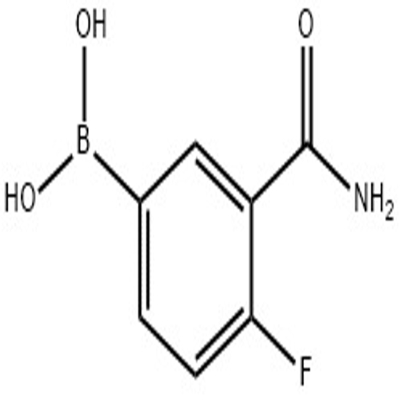-
Categories
-
Pharmaceutical Intermediates
-
Active Pharmaceutical Ingredients
-
Food Additives
- Industrial Coatings
- Agrochemicals
- Dyes and Pigments
- Surfactant
- Flavors and Fragrances
- Chemical Reagents
- Catalyst and Auxiliary
- Natural Products
- Inorganic Chemistry
-
Organic Chemistry
-
Biochemical Engineering
- Analytical Chemistry
- Cosmetic Ingredient
-
Pharmaceutical Intermediates
Promotion
ECHEMI Mall
Wholesale
Weekly Price
Exhibition
News
-
Trade Service
4-Chloro-6-ethoxy-2-(methylsulfinyl)pyrimidine is an important intermediate in the synthesis of various pharmaceuticals and agrochemicals.
It is a versatile compound that can be synthesized using several different synthetic routes.
In this article, we will discuss some of the most commonly used synthetic routes for 4-chloro-6-ethoxy-2-(methylsulfinyl)pyrimidine.
Route 1: via N-Methyl-2-nitro-1,3-oxazolidine-3-one
The first route to synthesize 4-chloro-6-ethoxy-2-(methylsulfinyl)pyrimidine involves the synthesis of N-methyl-2-nitro-1,3-oxazolidine-3-one, which is then transformed into the desired compound through a series of chemical reactions.
Step 1: Synthesis of N-methyl-2-nitro-1,3-oxazolidine-3-one
To synthesize N-methyl-2-nitro-1,3-oxazolidine-3-one, 2-nitropropane is treated with methylamine and triethanolamine in the presence of a Lewis acid catalyst, such as aluminum chloride or boron trifluoride.
The reaction is then quenched with water, and the resulting product is purified by crystallization or chromatography.
Step 2: Transformation into 4-chloro-6-ethoxy-2-(methylsulfinyl)pyrimidine
To synthesize 4-chloro-6-ethoxy-2-(methylsulfinyl)pyrimidine, N-methyl-2-nitro-1,3-oxazolidine-3-one is treated with chloroform and then with ethylamine in the presence of a base, such as sodium hydroxide.
The resulting product is then treated with a sulfurizing agent, such as hydrogen sulfide or methyl sulfide, to introduce the sulfur atom into the molecule.
Route 2: via N-Methyl-2-nitroso-1,3-oxazolidine-3-one
Another route to synthesize 4-chloro-6-ethoxy-2-(methylsulfinyl)pyrimidine involves the synthesis of N-methyl-2-nitroso-1,3-oxazolidine-3-one, which is then transformed into the desired compound through a series of chemical reactions.
Step 1: Synthesis of N-methyl-2-nitroso-1,3-oxazolidine-3-one
To synthesize N-methyl-2-nitroso-1,3-oxazolidine-3-one, 2-nitropropane is treated with methylamine and hydroxylamine in the presence of a Lewis acid catalyst, such as aluminum chloride or boron trifluoride.
The reaction is then quenched with water, and the resulting product is purified by crystallization or chromatography.
Step 2: Transformation into 4-chloro-6-ethoxy-2-(methylsulfinyl)pyrimidine
To synthesize 4-chloro-6-ethoxy-2-(methylsulfinyl)pyrimidine, N-methyl-2-nitroso-1,3-oxazolidine-3-one is treated with chloroform and then with ethylamine in the presence of a base, such as sod







